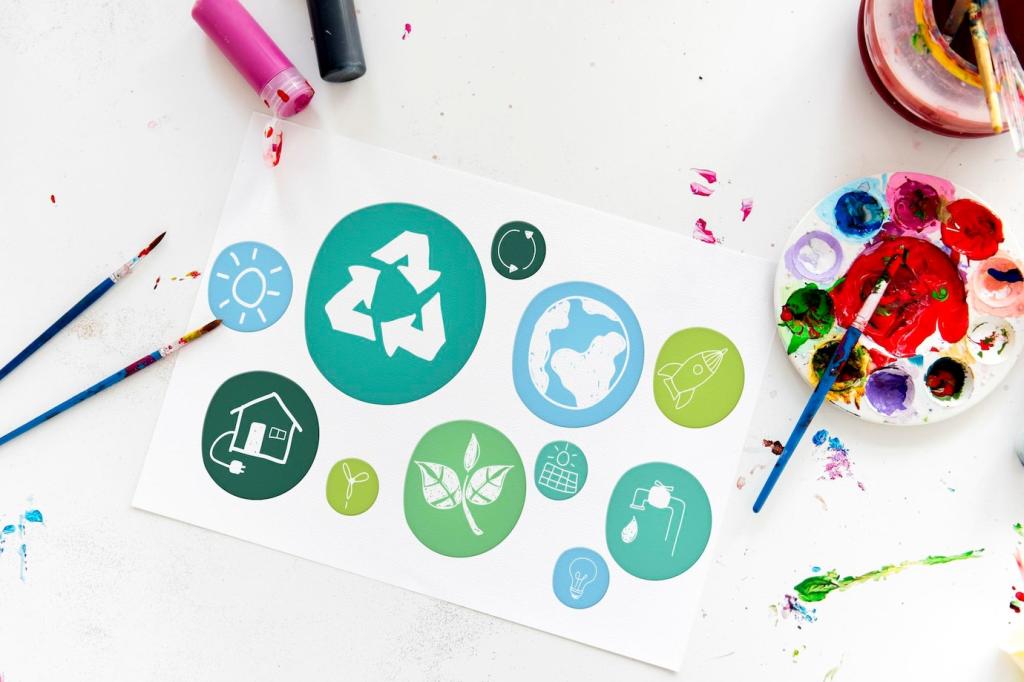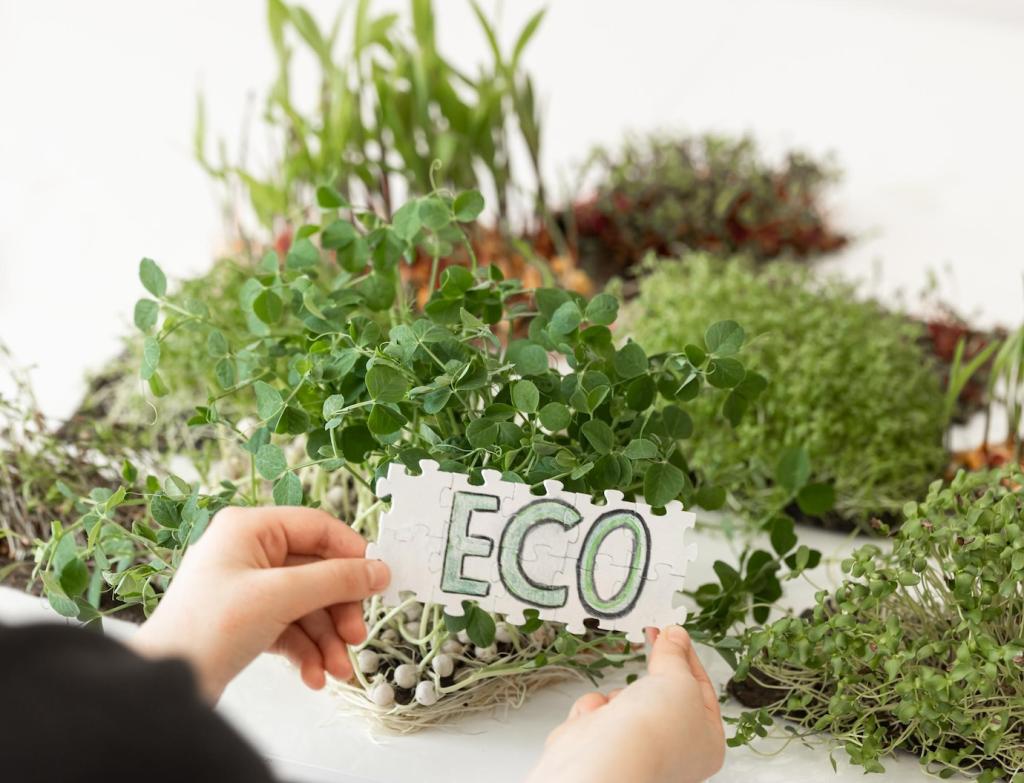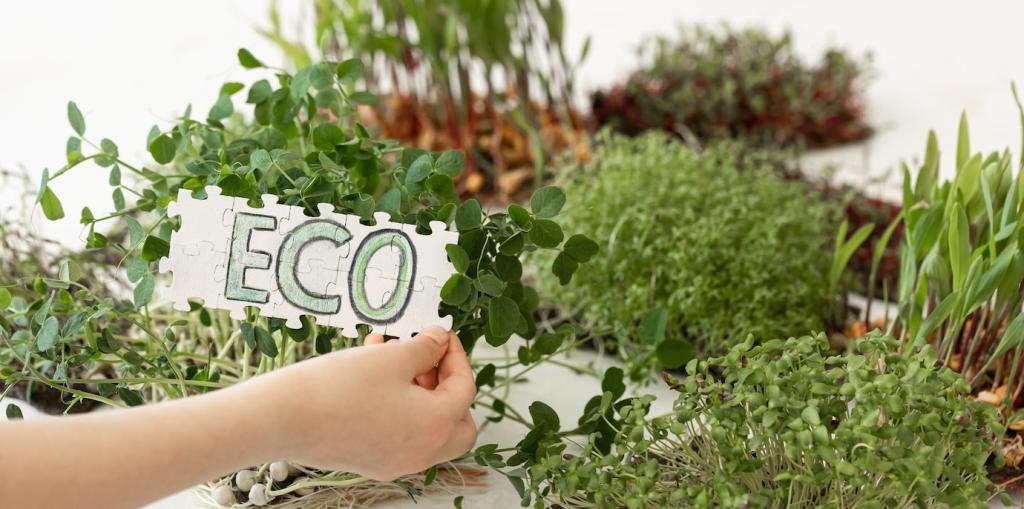Green Branding Techniques for Home Builders
Define a Credible Green Value Proposition
Translate Features Into Life-Changing Benefits
Don’t stop at insulated slabs and airtight envelopes. Explain mornings without drafts, quieter nights, and lower bills that free money for family goals. Concrete benefits make sustainability feel tangible, memorable, and truly worth choosing.
Align Certifications With Buyer Priorities
Map LEED for Homes, ENERGY STAR, Indoor airPLUS, WaterSense, and HERS Index scores to what matters: comfort, health, resilience, and ownership costs. When buyers see alignment with their priorities, green stops feeling abstract and becomes irresistible.
Write a One-Sentence Green Promise
Try this structure: “We build healthier, quieter homes that cut energy use by X% and protect your family’s air—proven by [metric].” Post your version below, and we’ll help refine wording without diluting substance or overclaiming.



Storytelling That Makes Sustainability Feel Personal
One family sent a note: their monthly energy savings funded a backyard swing set within a year. Real numbers, real laughter, and proof that efficiency isn’t about sacrifice—it’s about joyful trade-offs families actually feel.
Storytelling That Makes Sustainability Feel Personal
A buyer thanked the team after smoke-filled days. MERV 13 filtration, balanced ventilation with ERV, and sealed envelopes kept indoor PM2.5 low. Health-first stories resonate when you pair human relief with clear explanation and data.
Storytelling That Makes Sustainability Feel Personal
Share the foreman’s mantra about sealing every corner like his own kid sleeps there. Craft values framed as personal responsibility make your green brand voice humble, human, and believable rather than corporate or preachy.
Brand Identity That Signals Eco Trust
Color, Type, and Shape Language
Skip neon-green clichés. Use muted earth tones, generous white space, and readable type. Rounded edges hint at comfort; precise grids signal engineering rigor. Always meet accessibility contrast standards so sustainability looks inclusive, not exclusive.
Material Cues at Every Touchpoint
Let printed pieces use recycled stock and soy inks. On-site signage can feature reclaimed wood accents. Tangible cues reinforce your claims, turning abstract sustainability into a texture people can literally feel and remember.
Imagery That Respects Place and People
Avoid generic forests. Show local landscapes, craftspeople at work, and families enjoying daylight and fresh air. Credit trades. Use alt text thoughtfully. Real faces and real spaces quietly prove authenticity far better than stock photos.

Content Engine: Educate, Don’t Lecture
Build posts from sales FAQs: “What’s a HERS score?”, “Will ERVs make my home too dry?”, “How do solar warranties work?” Useful answers reduce friction, nurture confidence, and convert better than polished slogans ever could.

Digital Presence Built for Trust
Lead with a clear promise, followed by three proofs: certification, metric, real story. Add a simple explainer video, then one primary call to action: schedule a visit. Keep navigation calm and jargon translated.
Measure, Learn, Improve Without Greenwashing
01
Attribution and Honest KPIs
Look beyond clicks. Track model home visits, time-to-close, referral sources, and post-occupancy satisfaction. Tie marketing to operational realities, then celebrate progress without exaggeration. Honest numbers compound trust over years, not weeks.
02
A/B Test Messages, Not Your Integrity
Experiment with headlines and visuals, but keep verified claims constant. Document results and share what you learned. Buyers respect transparent improvement far more than perfection claims no one can consistently prove.
03
Post-Occupancy Learning Loop
Invite residents to share experiences on comfort, noise, and bills. When possible, use anonymous indoor air quality dashboards. Closing the loop informs design, strengthens community, and generates future stories with permission and care.
